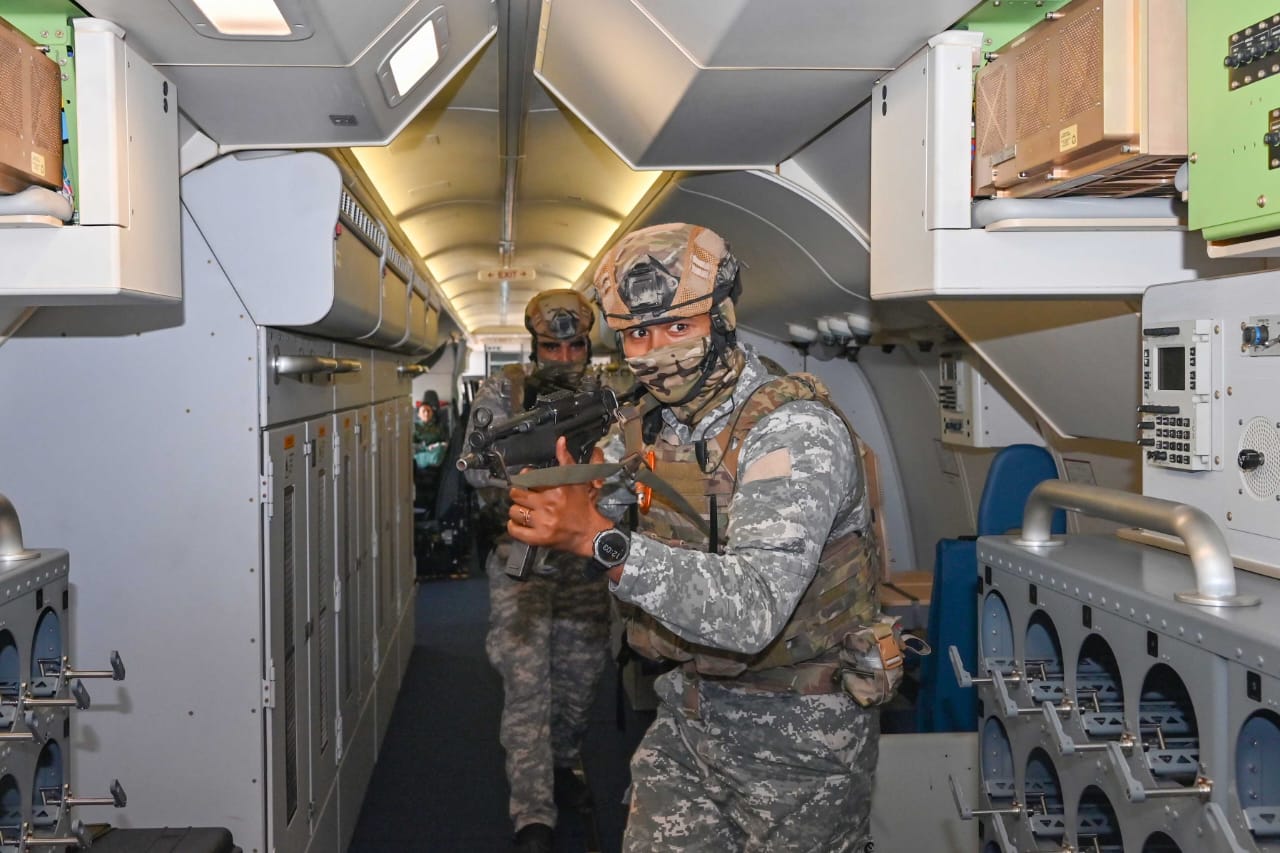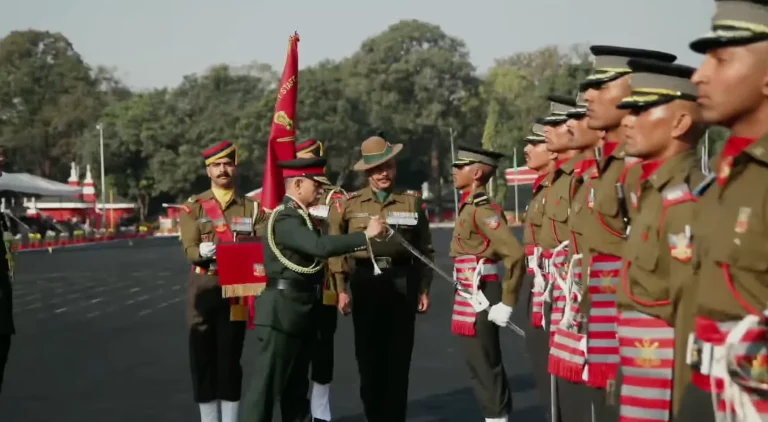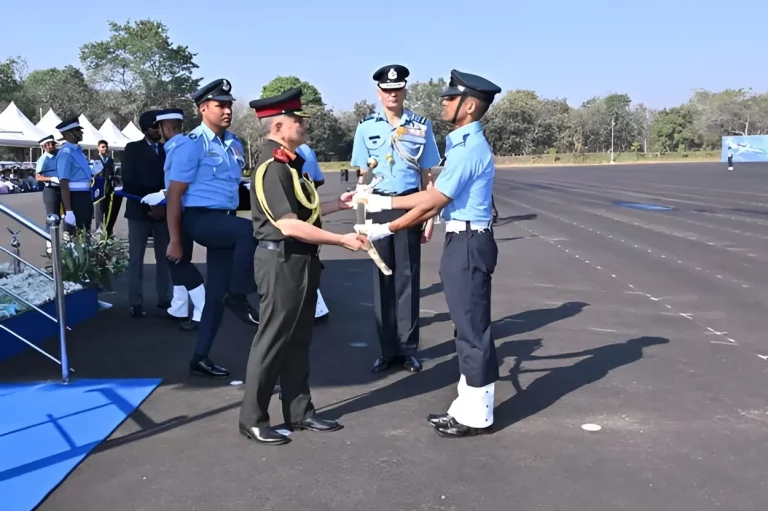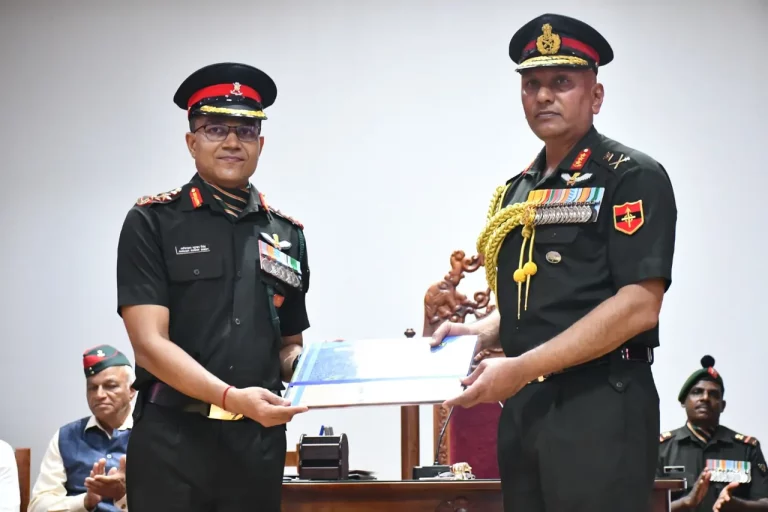On June 7, the Indian Navy successfully carried out its annual anti-hijack drill at INS Hansa, a naval airbase that doubles as Dabolim Airport. The exercise gathered elite forces and various agencies, showcasing India’s extensive readiness against potential aircraft hijacking threats.
The drill saw active participation from several key entities, including the Navy’s Marine Commandos (MARCOS), the Central Industrial Security Force (CISF), the National Security Guard (NSG), the Airports Authority of India (AAI), the Goa State Police, and representatives from civil aviation. This collaboration highlights a robust approach toward ensuring the security of both military and civilian aviation operations.
MARCOS, recognized for their rigorous selection process—where more than 80% of candidates are usually eliminated during a demanding three-day physical assessment, followed by an intensive endurance training week—executed the drill with exemplary precision. Trained in methodologies inspired by elite global special forces like the US Navy SEALs and the UK’s Special Boat Service, MARCOS showcased exceptional teamwork and coordination with domestic security agencies.
The simulation commenced when an aircraft pilot requested emergency landing clearance, which was promptly granted by the Commanding Officer of INS Hansa. In response, the Aerodrome Committee, under the commanding officer’s direction, activated a full-scale emergency response. This included the deployment of bomb disposal teams, fire services, medical facilities, and local police forces, indicating a well-organized and comprehensive security framework.
Adhering to the Bureau of Civil Aviation Security manual, the drill emphasized the importance of inter-agency cooperation. Previous reports, including an earlier drill conducted in 2023, have also recognized MARCOS for their professionalism in handling complex security scenarios. The dual role of the location as both a military base and a civilian airport adds a critical layer of strategic significance to the exercise, drawing on historical security paradigms such as the FAA’s Common Strategy I to foster efficient responses from crews and agencies.
This year’s successful anti-hijack drill underscores India’s ongoing commitment to enhancing aviation security. By investing in realistic simulations, maintaining elite force readiness, and fostering inter-agency collaboration at vital strategic sites, India is reinforcing its preparedness against potential threats to aviation safety.
















